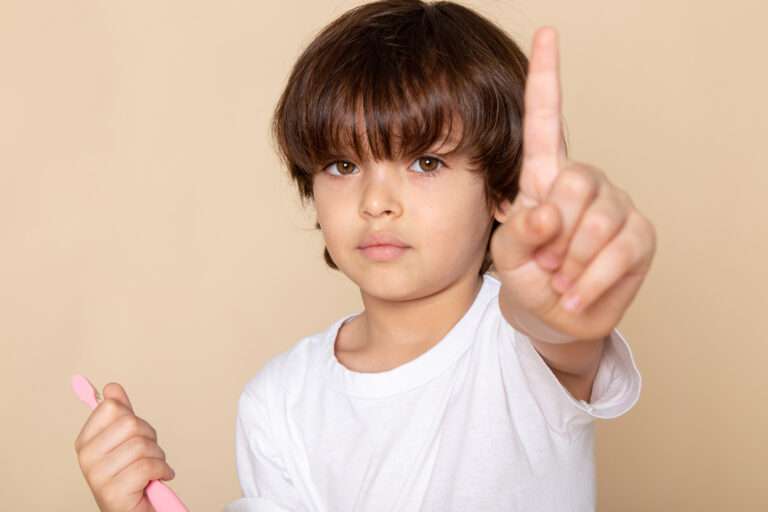Warts in children
Warts in children are common benign growths on the skin caused by the human papillomavirus (HPV). These growths can appear anywhere on the body, but they are most frequently found on the hands and feet. Warts in children are typically harmless and may resolve on their own over time. Here’s what you should know about warts in children:
Types of Warts:
- Common Warts (Verruca Vulgaris): These are rough, raised, and typically found on the fingers, hands, and knees. They often have a grayish or brownish appearance with small black dots, which are tiny blood vessels.
- Plantar Warts: Plantar warts develop on the soles of the feet and can be painful when walking. They often appear flat with a rough surface and small black dots.
- Flat Warts: Flat warts are smoother and smaller than common warts. They are often found on the face, arms, or legs and may appear in clusters.
- Filiform Warts: Filiform warts are long, slender growths that often appear around the mouth, nose, or on the neck. They can be flesh-colored or slightly darker.
Causes:
Symptoms:
- The primary symptom of warts is the presence of raised or rough growths on the skin.
- Warts can be itchy or painful, particularly if they are located on pressure points or areas that are subject to friction.
Treatment:
- Watchful Waiting: In many cases, warts in children will resolve on their own without treatment, often within months or even years.
- Over-the-Counter Treatments: Over-the-counter topical treatments containing salicylic acid can be applied to the wart to help soften and gradually remove it. Follow the product instructions and be cautious when using these treatments on sensitive skin.
- Cryotherapy: A doctor or dermatologist can use liquid nitrogen to freeze the wart, causing it to slough off. This may require multiple treatments.
- Prescription Medications: In some cases, a healthcare provider may prescribe topical medications or recommend stronger treatments if over-the-counter options are ineffective.
- Minor Surgical Procedures: For stubborn or painful warts, a healthcare provider may remove them using minor surgical techniques, such as excision or laser therapy.
Prevention:
- To reduce the risk of developing warts or spreading them to others, encourage your child to:
- Avoid touching warts on their own body or someone else’s.
- Keep the skin clean and dry.
- Avoid sharing personal items like towels, razors, or shoes.
- Use protective footwear in communal showers and swimming pool areas to reduce the risk of plantar warts.
It’s important to consult with a healthcare provider or dermatologist if your child has warts, especially if they are painful, spreading, or not responding to over-the-counter treatments. Additionally, if you notice any changes in the appearance of a wart or if you suspect it may not be a wart, seek medical evaluation to rule out other skin conditions.
------------From our Sponsors------------









